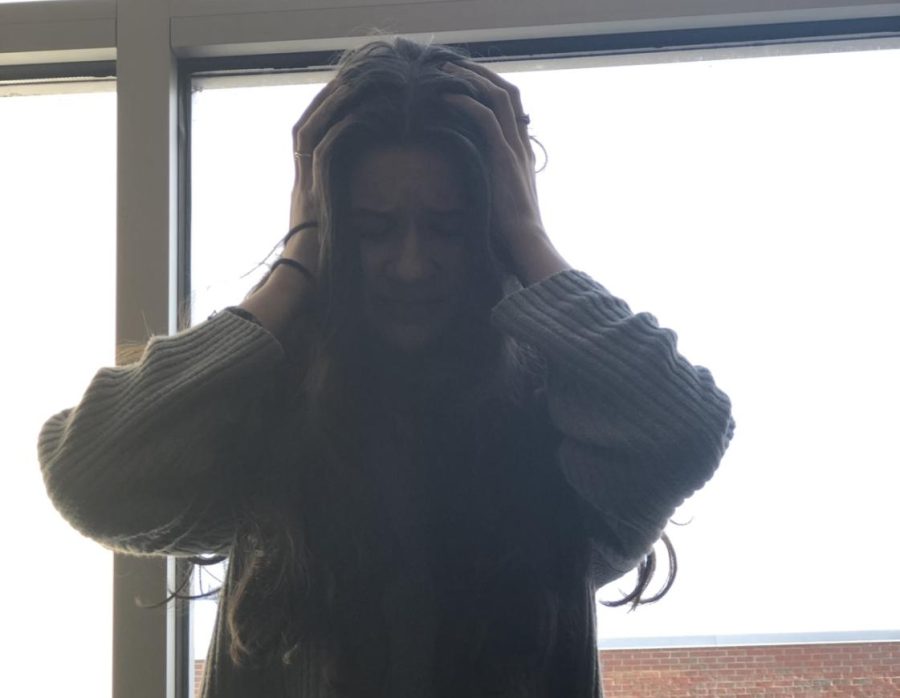COVID-19’s impact on mental health
April 1, 2022
CONTENT WARNING: Discussion of depression, anxiety, suicide, and other topics pertaining to mental health.
Mental health struggles and disorders and the negative impacts these can have on individuals are a prominent topic on community, state, national, and even worldwide levels. Mental health disorders impact millions of people of all ages, genders, races, and other distinctions throughout the world.
Concerns about mental health, substance abuse, and suicidal thoughts have been exacerbated by the COVID-19 pandemic. For many, pandemic-related variables had an impact on stress levels and mental health struggles. Research links isolation, loneliness, and stress, all impacts of the pandemic, to poor mental and physical health.
KFF.org reports that “During the pandemic, about 4 in 10 adults in the U.S. have reported symptoms of anxiety or depressive disorder….up from 1 in 10 adults who reported these symptoms from January to June 2019.”
Suicide rates, which have long been on the rise, have continued to increase during this time.
“Mental health disorders and substance use disorders are the most significant risk factors for suicidal behaviors,” according to America’s Health Rankings.org.
Similar statistics have been reported by other studies.
Suicide is the tenth-leading cause of death in the United States, and the fourth-leading cause of death for adolescents aged 15-19 globally.
“In 2019, there were an estimated 3.5 million people who planned a suicide, 1.4 million suicide attempts and 47,511 deaths by suicide…there were more than twice as many deaths by suicide than by homicide,” Americas Health Rankings.org reported.
There are specific concerns regarding young adults, who were already at high risk for poor mental health prior to the pandemic, KFF.org reports. In addition to typical stress factors, young adults have experienced a variety of pandemic-related changes such as closures of universities, loss of income, and decreased social interaction and support.
“During the pandemic, a larger than average share of young adults (ages 18-24) report symptoms of anxiety and/or depressive disorder (56%). Compared to all adults, young adults are more likely to report substance use (25% vs. 13%) and suicidal thoughts (26% vs. 11%),” according to KFF.org.
Mental health concerns are also focused increasingly on individuals of younger ages.
“Schools across the country are overwhelmed with K-12 students struggling with mental health problems, according to school staff, pediatricians and mental health care workers. Not only has this surge made the return to classrooms more challenging to educators, it’s also taxing an already strained health-care system,” reported NPR.
CDC data shows that mental health ER visits for kids started going up during the pandemic, impacting an “already-growing crisis,” NPR continued.
In the fall of 2020, the American Academy of Pediatrics, the Children’s Hospital Association, and the American Academy of Child and Adolescent Psychiatry declared, “an emergency in child and adolescent mental health.” The increase in mental health disorders in children and teens has continued throughout 2021 and into this year.
To access a full list of mental health resources offered in Pennsylvania, visit the PA Department of Human Services’ website at http://www.dhs.pa.gov.



